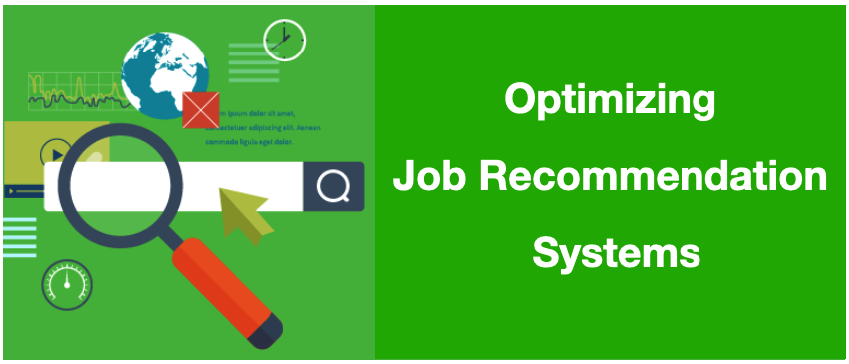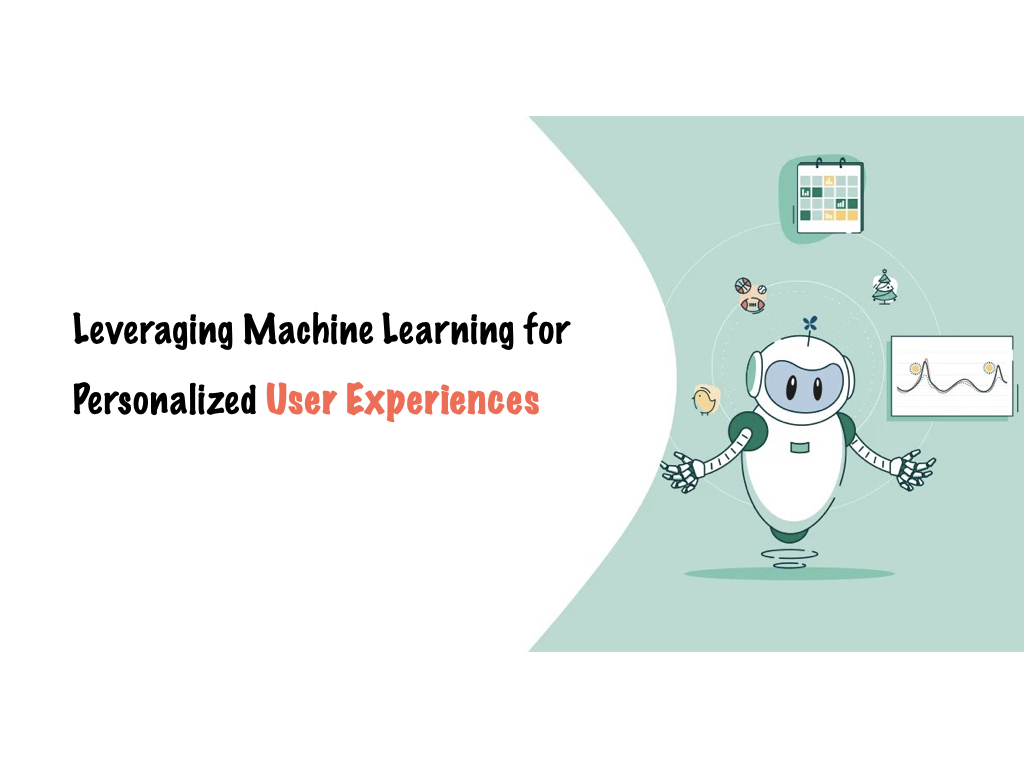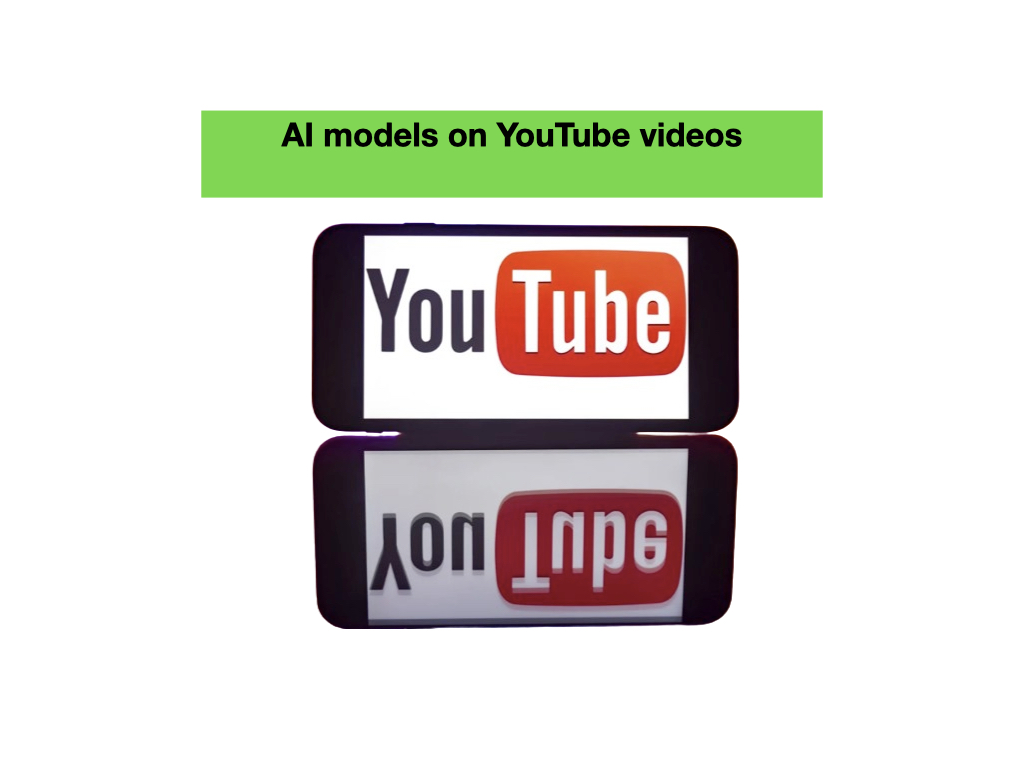As technology continues to reshape the landscape of talent acquisition, the role of machine learning in optimizing job recommendation systems has become increasingly pivotal. At LinkedIn, I had the privilege of being at the forefront of this transformative journey, working tirelessly to enhance the platform’s job recommendation engine through innovative machine learning techniques.
Understanding the Challenge
When I joined LinkedIn as a Software Engineer in 2013, one of the key challenges we faced was the need to improve the effectiveness of our job recommendation system. With millions of users and an ever-expanding pool of job listings, it was imperative to deliver personalized recommendations that resonated with each user’s unique skills, preferences, and career aspirations.
Harnessing the Power of Machine Learning
To address this challenge, we turned to machine learning as a powerful tool for driving personalized job recommendations. Leveraging the vast amounts of data available on the platform, we designed and implemented sophisticated algorithms that analyzed user behavior, job preferences, and industry trends to deliver highly relevant job suggestions.
Key Components of the Solution
Our job recommendation system comprised several key components, each playing a crucial role in delivering personalized recommendations:
- User Profiling: We developed algorithms to build comprehensive profiles of LinkedIn users, capturing their skills, experience, interests, and professional connections. These profiles served as the foundation for generating tailored job recommendations.
- Content Analysis: Leveraging natural language processing (NLP) techniques, we analyzed job listings to extract key attributes such as job title, skills required, and industry keywords. This allowed us to match job listings with users’ profiles more accurately.
- Collaborative Filtering: We implemented collaborative filtering algorithms to identify patterns and similarities between users with similar profiles or career trajectories. By recommending jobs that were popular among users with similar backgrounds, we enhanced the relevance of our suggestions.
- Feedback Mechanisms: Continuous feedback loops were integral to the optimization process. We monitored user engagement with recommended jobs and iteratively refined our algorithms based on user feedback, ensuring that the recommendations remained relevant and valuable over time.
Measuring Impact and Driving Innovation
Throughout my tenure at LinkedIn, we constantly evaluated the effectiveness of our job recommendation system through rigorous experimentation and data analysis. By measuring metrics such as click-through rates, job applications, and user satisfaction scores, we gained valuable insights into the performance of our algorithms and identified areas for improvement.
Moreover, we embraced a culture of innovation, constantly exploring new machine learning techniques and methodologies to push the boundaries of what was possible. Whether it was experimenting with deep learning models or integrating external data sources for richer user profiling, we were committed to staying at the forefront of machine learning innovation.
The Journey Continues
My time at LinkedIn was not just about optimizing job recommendation systems; it was a journey of continuous learning, growth, and collaboration. I had the privilege of working alongside talented engineers, data scientists, and product managers who shared a common passion for leveraging technology to empower professionals worldwide.
As I reflect on my experiences at LinkedIn, I’m reminded of the profound impact that machine learning can have on shaping the future of work. By harnessing the power of data and AI, we have the opportunity to revolutionize the way people discover opportunities, build meaningful careers, and unlock their full potential.
As I continue my journey in the tech industry, I remain committed to driving innovation and making a positive impact through machine learning and data-driven solutions. The possibilities are limitless, and I’m excited to see where this journey takes us next.




Hi, this is a comment.
To get started with moderating, editing, and deleting comments, please visit the Comments screen in the dashboard.
Commenter avatars come from Gravatar.
nice